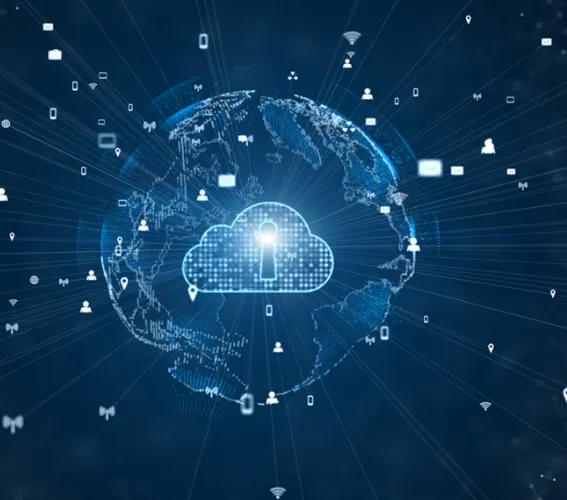As cybersecurity threats continue to evolve at an unprecedented pace, staying ahead of the curve is more critical than ever for organizations worldwide. Bernard Montel, the EMEA Technical Director and Security Strategist at Tenable, offers a fresh perspective on the shifting landscape of cybersecurity and shares valuable strategies for organizations aiming to safeguard their digital assets.
The Changing Cybersecurity Landscape
Over the last five years, the global shift towards remote work has dramatically altered the way businesses approach security. The pandemic forced many organizations to adapt quickly, relying on home networks to access corporate resources. Suddenly, the home network became an extension of the corporate environment, significantly expanding the attack surface.
Previously, securing remote connections often relied on VPNs and multi-factor authentication (MFA). But as companies increasingly move resources to the cloud, these traditional methods are being replaced with more efficient cloud-based solutions. The cloud’s growing prominence has simplified operations for remote workers and bolstered security measures for organizations, reducing the reliance on physical hardware and on-premise networks.
Today, hybrid environments combining both cloud and on-prem resources are the norm. However, this shift has also fragmented the traditional “castle” network model, leaving organizations more vulnerable to attacks. As the attack surface grows, companies must evolve their cybersecurity strategies to stay secure in this more complex and dynamic environment.
Current Cybersecurity Trends
- Ransomware: Despite advancements in security, ransomware remains a leading threat. Attacks are more frequent, and the volume of data exfiltrated in breaches continues to break records. Organizations need to bolster their defenses to cope with this ongoing challenge.
- Cloud Security: As more organizations move to the cloud, managing cloud security has become increasingly difficult. Traditional security methods that focus on endpoints and servers are no longer sufficient for modern environments, which often rely on serverless architecture, microservices, and containers. Security teams must rethink their approach to protecting cloud resources.
- Identity Management: The management of identities has resurfaced as a critical concern. While identity and access management (IAM) began as a relatively simple challenge decades ago, the complexity has grown exponentially with the rise of federated identities and cloud platforms like AWS, Azure, and Google Cloud. The complexity of modern identity management requires new solutions to ensure secure access.
- Artificial Intelligence: AI is rapidly becoming a double-edged sword in cybersecurity. While attackers are beginning to leverage AI for their malicious activities, defenders can also use AI to enhance their security measures. Tools like OpenAI’s GPT-4, Google Vertex AI, and LangChain allow security teams to quickly analyze large amounts of data, uncover patterns, and accelerate research and development efforts in cybersecurity.
Risk Management and Proactive Security
When it comes to managing cybersecurity risks, Montel emphasizes that most breaches are caused by known vulnerabilities. Attackers often exploit these gaps to infiltrate systems and move laterally within the network. Simple human errors, such as misconfigurations or rushed code submissions, can create opportunities for attackers to exploit vulnerabilities.
It’s also important to note that smaller organizations are increasingly targeted by cybercriminals. While large enterprises often make the headlines, smaller businesses are now seen as valuable targets within the supply chain, offering attackers a potential pathway to larger organizations.
Gone are the days when ransomware attacks were easily identifiable. Modern attacks are often stealthy, evading detection for days or even weeks, allowing attackers to silently navigate networks and execute malicious activities. Ransomware groups are also adopting “double extortion” tactics, where they steal data before encryption and threaten to release it on the dark web if a ransom is not paid. This added pressure has made ransomware attacks particularly effective.
A Shift Towards Proactive, Preventive Security
Montel underscores the importance of a proactive, preventive approach to cybersecurity. To mitigate risks, organizations must first gain visibility into their security posture through exposure management. By identifying the most vulnerable areas in their infrastructure, businesses can prioritize their security efforts and close the most critical gaps before attackers exploit them.
While it’s important to address immediate threats, organizations must also take into account the broader context—economic pressures, geopolitical tensions, and activism—that shapes the cybersecurity landscape. Simply focusing on technological defenses is no longer sufficient to reduce risk.
In conclusion, the cybersecurity landscape is more complex than ever, and organizations must adapt to an ever-changing environment. By embracing proactive risk management, understanding the evolving threats, and leveraging emerging technologies like AI, companies can better navigate the challenges of securing their digital infrastructures in today’s dynamic world.







